IEEE Computer Society Selects Winners of the Lance Stafford Larson Writing Award
Artur Luis Fernandes de Souza and Davide Quarta won first prize, respectively, in the undergraduate and graduate Lance Stafford Larson Writing Award competitions.
The IEEE Past President Robert Larson and his family established the Lance Stafford Larson Writing Award in memoriam to their son who died in an electrical accident while an undergraduate at the University of Maryland. The award helps students develop excellence in their communication skills and motivates students in their achievements in computer science.
This year the Computer Society presented two Larson awards of $500 each, one to an undergraduate student and one to a graduate student. Runners up received a certificate of commendation.
The challenge for the Awards and Recognition Committee in 2017 was choosing from among the 23 strong papers submitted by 17 Undergraduate and 12 graduate students in 2017. Although we can’t list all of the great submissions, we have provided a list of the winners and runners-up, and a short description of their papers.
Undergraduate Papers
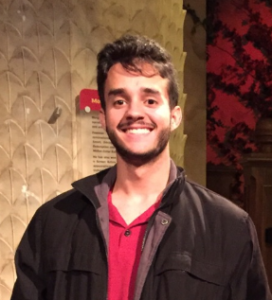
Artur Luis Fernandes de Souza
Universidade Federal de Minas Gerais
Department of Computer Science
First Place: Artur Luis Fernandes de Souza, a student in the Department of Computer Science at the Universidade Federal de Minas Gerais in Belo Horizonte, Brazil submitted the paper “NomadiKey: User Authentication for Smart Devices Based on Nomadic Keys.” The paper addresses the problem of security on smart devices by employing a user-to-device authentication method that places keys at different screen coordinates each time the user activates the device.
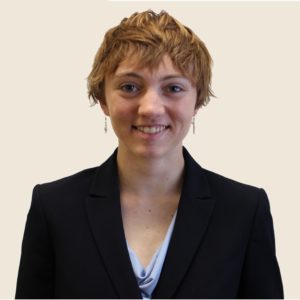
Audrey Randall
University of Colorado Boulder
Department of Computer Science
Second Place: Audrey Randall studies in the University of Colorado Boulder Computer Science Department at the University of Colorado Boulder in the United States, and has interned at the National Oceanic and Atmospheric Administration, Correll Robotics Lab and Verizon Federal. Audrey’s paper “Simulating Chemical Reactions Using a Swarm of Miniature Robots” describes her use of miniature robots to simulate basic rules of chemistry, such as the mimicking of atoms and the formation of molecules. The goal of the project was to develop a teaching tool for chemistry students.
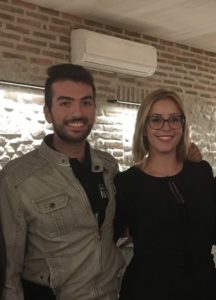
Filippo Bracco and Chiara Di Vece
Poltecnico di Milano
Department of Electronics, Information and Bioengineering
Third Place: Filippo Bracco and Chiara Di Vece are undergraduate students at Politecnico di Milano in Italy. Their paper “BIE-PInCS: Brain Injury Evaluation with Pupillometer based on INfrared Camera System” outlines a project that tests an integrated device that measures the photopupillary reflex to evaluate the severity of Traumatic Brain Injury (TBI). The project offers benefits to early detection of TBI by first responders through real-time pupillary measurements with an infrared camera.
Graduate Papers
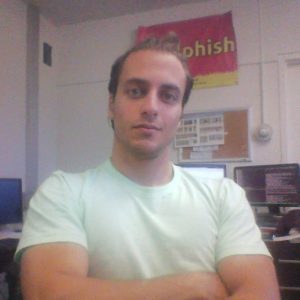
Davide Quarta
Poltecnico di Milano
Department of Electronics, Information and Bioengineering
First Place: Davide Quarta is working toward his PhD in Computer Security at Poltecnico di Milano in Italy. Davide and his collaborators wrote an article “An Experimental Security Analysis of an Industrial Robot Controller,” which was presented at Blackhat USA 2017, and was featured in Wired, IEEE Spectrum, Hackaday, Motherboard and Forbes. The article examined the standard architecture of an industrial robot and analyzed the deployment from the standpoint of systems security.
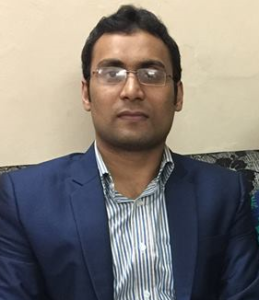
Mohammad Abdul Motin
University of Melbourne
Department of Electrical and Electronic Engineering
Second Place: Mohammad Abdul Motin is pursuing a doctorate at the University of Melbourne in the Department of Electrical and Electronic Engineering. His field of research is in machine learning and signal processing for biomedical applications. Mohammad Abdul submitted the paper “Ensemble Empirical Mode Decomposition with Principal Component Analysis: A Novel Approach for Extracting Respiratory Rate and Heart Rate from Photoplethysmographic Signal,” which offers a method for monitoring respiratory rate pulse oximetry-based Photoplethysmographic signals to assist ambulatory and long-term monitoring for acute physiological deterioration.
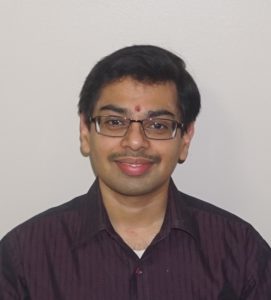
Raghavendra Pradyumna Pothukuchi
University of Illinois at Urbana-Champaign
Department of Computer Science
Third Place: Raghavendra Pradyumna Pothukuchi is a PhD student at the University of Illinois at Urbana-Champaign in the Department of Computer Science. Raghavendra submitted a paper titled “Using Multiple Input, Multiple Output Formal Control to Maximize Resource Efficiency in Architectures,” which is an interdisciplinary work that applies the ideas of optimal Multiple Input Multiple Output (MIMO) control theory to the challenge of resource management in computer architectures.
Congratulations to the winners of these awards!
You too can win the Lance Stafford Larson Writing Award. Next year we will continue to have undergraduate and graduate awards. Submit your technical paper with a short description of why you think it is worthy of this prestigious award. To learn more about the Larson award click here. The deadline is 30 October 2018, but applications can be submitted anytime.

[…] Congratulazioni a Davide Quarta per aver vinto il primo premio nella categoria “Graduate Papers” del Lance Stafford Larson Writing Award Competition. Facciamo i nostri complimenti anche a Chiara Di Vece e Filippo Bracco per aver vinto il terzo premio nella categoria “Undergraduate Papers” del Lance Stafford Larson Writing Award Competition. Davide, Filippo e Chiara sono tutti studenti al Politecnico di Milano e inoltre membri dello Student Branch IEEE PoliMi. Per maggiori dettagli sui premi è possibile visitare questo sito. […]
All works seem very interesting. The work on simulating chemical reactions, in particular, draws my attention. I wonder how the authors controlled the miniature robots to do so, e.g., if they were manually programmed or if some sort of machine learning algorithm was used. Is there some sort of visual demonstration we can search for? That would be very interesting.